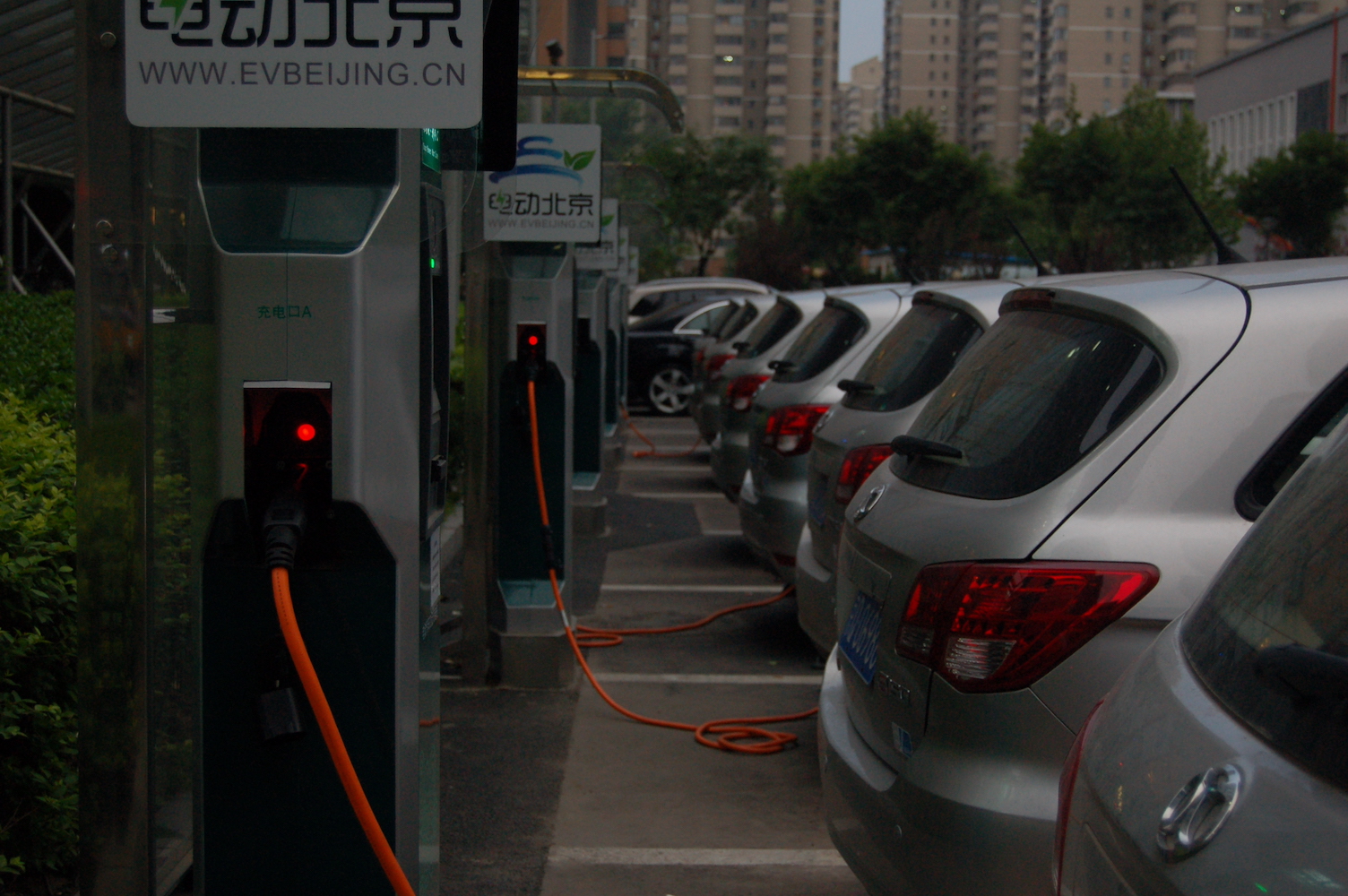This study explores how demand-side flexible resources (DSFR) contribute to China’s power system transition toward carbon neutrality. We find that approximately 20% of the costs associated with the carbon neutrality transition would be reduced by incorporating DSFR accounting for one-fourth of peak load capacity. Such reduction mainly comes from substituting costly energy storage and flexible generation units with diversified low-carbon demand resources and reducing the lock-in of thermal units in the medium term. We find that flexible electric vehicle charging and power-to-hydrogen load contribute the most to flexible load demands among DSFR, assisting regional power balancing and renewable energy accommodation. Controllable power reserve capacity of demand response resources benefits less operating expensive power reserve resources, reducing the need for gas generation by 42% in 2060. We further find load demand potentials show great influences on transition costs and system morphology development, most notably flexible power-to-hydrogen load demands.
Recommended citation:
Wei, H., Zhang, N., Du, E., Jiang, H., Zhuo, Z., Davidson, M. R., … Kang, C. (2025). Emerging demand-side flexible resources accelerate China’s power system transition toward carbon neutrality. iScience, 28(5), 112372. https://doi.org/10.1016/j.isci.2025.112372

